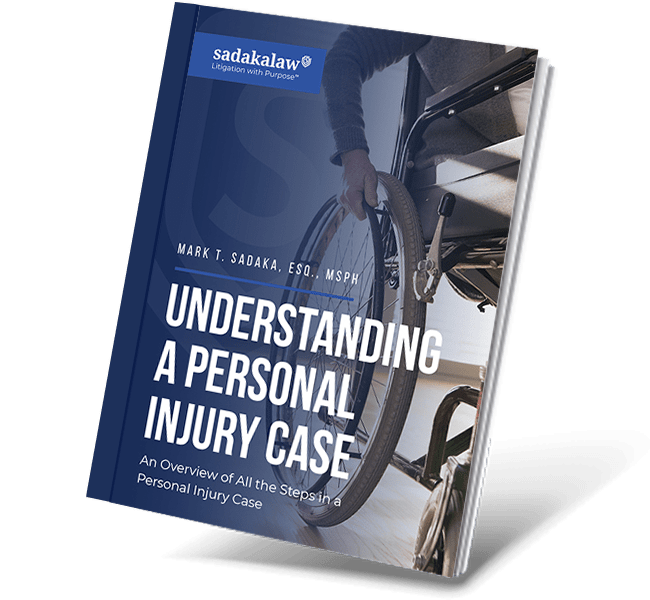
In what some experts describe as the “next asbestos,” a rare lung disease known as silicosis has been linked to a number of stonemasons in Australia who worked with engineered stone commonly used in kitchens. While one stonemason recently died from the disease, some health experts as well as those in the stonemasonry industry believe numerous others may meet the same fate.
Silicosis, which is caused by breathing in silica dust while making artificial stone countertops, is fast becoming a concern for many working in the industry. Since November 2017, over 30 individuals have been diagnosed with the disease, and the number is expected to grow over the next several years. Based on a recent audit conducted by the Queensland government, 98 workers had contracted the incurable disease, with 15 being considered to already be in the terminal phase of the disease.
Unfortunately, even for those with mild cases of silicosis, the effects of the disease have forced them to quit their jobs. Along with this, many are exhibiting such symptoms as excessive fatigue and labored breathing, both of which mirror individuals suffering from emphysema. Due to the disease being relatively rare, many workers in the industry put off being tested. As a result, testing often did not take place until workers were already exhibiting symptoms, which resulted in many being diagnosed with far more serious stages of the disease.
To make matters worse for many workers in the industry, experts have warned about the possible dangers of breathing silica dust for years, yet few regulations appear to be in place to safeguard the health of stonemasons and others working in this field. While in some cases it takes long-term exposure to silica dust to have silicosis occur, for many workers it can happen much faster, especially if they have high rates of exposure over a short period of time. In the case of many of the Queensland stonemasons, they regularly worked 12-14 hour days, often logging 60-80 hours of work per week.
With so many cases of silicosis occurring in Australia, health experts in the United States have chosen to issue their own warnings about the disease to those working in masonry and other related occupations. With many stating they feel this is the worst occupational lung crisis since numerous workers were exposed to asbestos in the 1960s and 1970s, doctors are strongly encouraging workers to not delay getting tested for the disease.
Along with getting tested, it is also being recommended workers take all necessary precautions while on the job to guard against breathing in silica dust. To help with this, many are now being given respiratory masks and other equipment aimed at helping to lessen the risk of breathing in the dust. However, while much is attempting to be done to protect workers, many cases are still being reported of workers having little if any protective equipment on the job.
Based on estimates from public health experts, if the number of silicosis cases continues to rise at its current rate, it will create a crisis for those who will be in need of lung transplants. In most individuals with severe cases of the disease, a double-lung transplant is their best chance for recovery. However, for this to occur, detection of the disease must happen very quickly, which rarely happens. According to industry data from the workers in Queensland, the next five years will likely see as many as 130 workers being in need of lung transplants. Thus, even under the best of circumstances and increased regulations, it will likely be too little too late for many workers.


